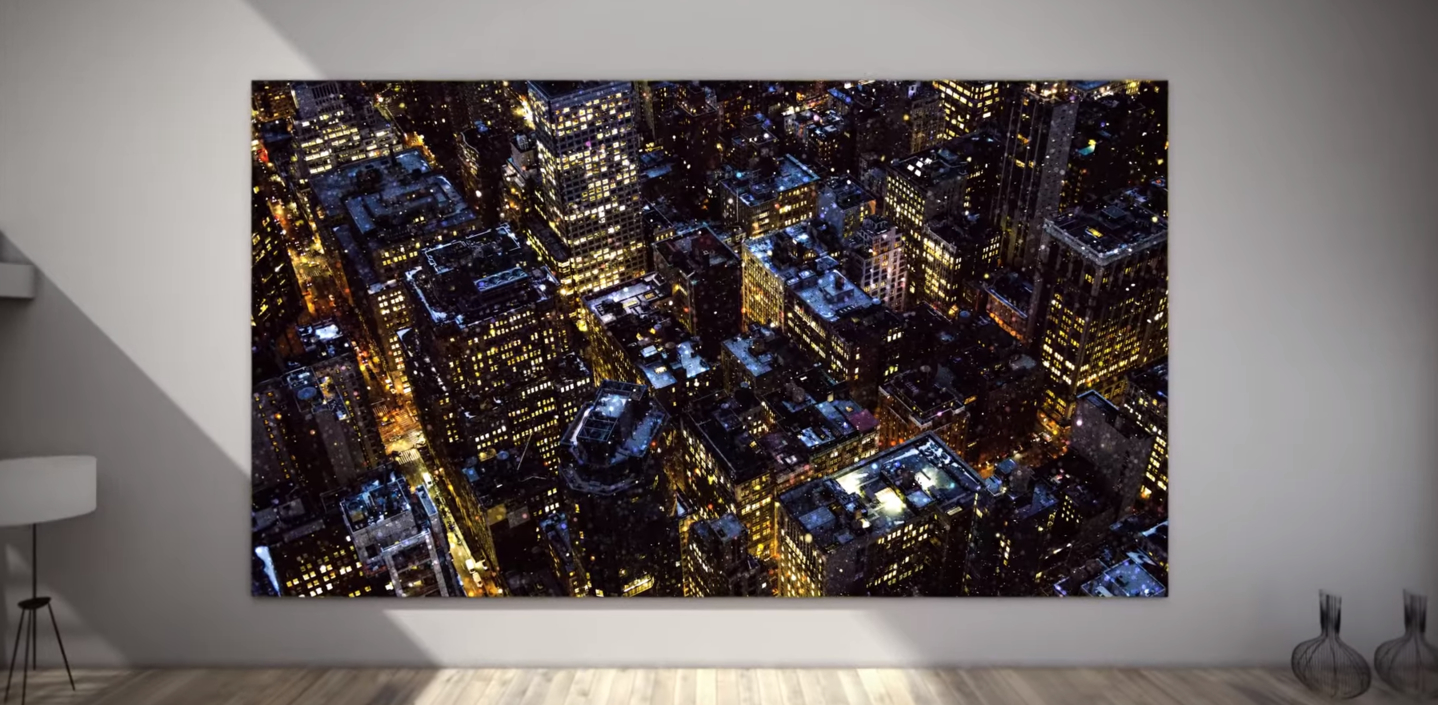
New television models hit shelves every year but from year-to-year, innovation is usually iterative. Over the years, we have moved from bulky CRTs to LCDs and from LEDs to OLEDs. Beyond existing technologies like LED and OLED, however, there are newer home theatre display technologies: MicroLED and 8K. This guide will give you the skinny on MicroLED and 8K as well as the previous new kid on the technology block, the OLED. Beyond that, we will compare the two technologies and give you an idea of when you can expect to get your very own MicroLED television in your home.
What is OLED?

OLED technology reached the consumer market a few years ago, but was originally conceived by scientists at Eastman Kodak back in the 1980s. We have only been able to buy OLED sets for our homes for a few years now and the technology is still in its infancy compared to the most widely sold technology in the home theatre game, the LED.
OLED stands for organic light emitting diode and differs slightly from its older brother, the LED (or light emitting diode technology). Like an LED TV, OLED displays work by having individual semiconductors that generate their own light. OLEDs differs from LEDs because of the type of material used to accomplish this feat. OLEDs utilize carbon-based materials printed into sheet-style structures to produce light. Furthermore, OLEDs have a much simpler design than previous technologies like LCD. These sets aren’t backlit and when you remove the backlight and extra polarizer needed to produce an image on a LCD, you get a much thinner display.
Beyond just being thinner, several companies have also shown concepts for consumer technology with bendable or fold-able OLED screens. Famously, Samsung showed this feat for the first time at CES 2013 to immense fanfare.
What is MicroLED?
We have spoken about OLED technologies on the Best Buy Canada Blog previously, but MicroLED is a brand new technology and has only gained prominence in television-talk over the 18 months or so. MicroLED (or mLED for short) is very similar to an OLED except that MicroLED displays utilize inorganic materials that improve on some of the minor issues of OLED screens (more on that in the next section of the article). Both OLED and MicroLED are self-emitting technologies meaning that they produce their own light.

Samsung unveiled this long-rumored technology at CES 2018 by showing off The Wall. This immense MicroLED display is a 146 inch modular set without a bezel. Beyond the changes in The Wall’s display materials and the advantages that come with that shift, mLED displays will have modular capabilities. This would allow for users to customize the size and shape of their screen based on their needs. If you have an irregular shaped wall in your home, you may be able to eventually create a screen that will accommodate.
Outside of development being done by Samsung, LG recently unveiled their MicroLED plans at the 2018 edition of the German IFA tradeshow (Internationale Funkausstellung Berlin).
What’s the big difference between MicroLED & OLED?
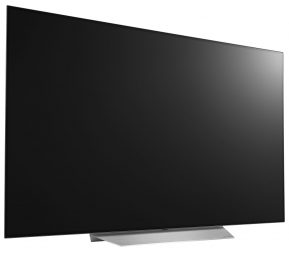 The only difference between OLED and MicroLED is the type of materials that power them, right? Well, yes and no.
The only difference between OLED and MicroLED is the type of materials that power them, right? Well, yes and no.
Beyond their construction, there are some differences between OLED, MicroLED and even LED TVs.
Let’s start by comparing OLED and LED sets. OLED televisions have been able to overcome some of the drawbacks of previous television technologies. OLED screens have great black levels and contrast, for instance. Because there isn’t a backlight present in a OLED, each individual diode can actually be black; it can be in a state where it produces no light whatsoever.
Beyond that, these sets have a nearly perfect viewing angle unlike LEDs. Manufacturers have been able to remove some of the layers within the set (like the backlight). With that change, the pixels are so close to the glass surface of your television, that your viewing angle is markedly better than past technologies. Additionally, OLED tech draws less energy to operate.
When looking at OLEDs, they do come with some minor drawbacks. The biggest downside is that OLED screens can produce burn-in. If static images remain on the screen for extended periods (like games with static UI elements or channel logos in the corner of the display), they’ll appear on-screen in a “ghosted” form permanently.
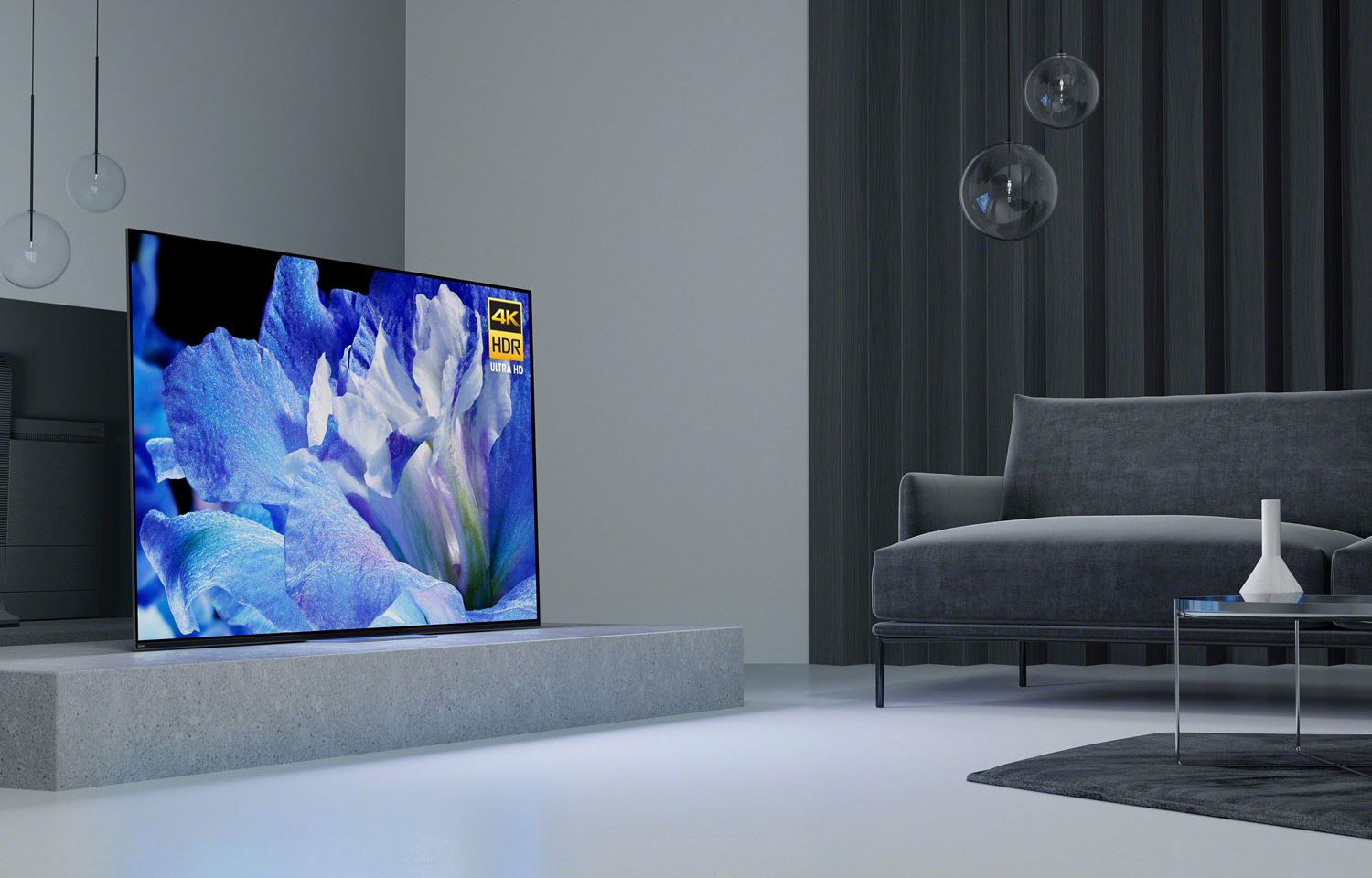
MicroLED displays started to hit the market a few months ago. However, Samsung’s The Wall, for instance, is only available in extremely low quantities directly from Samsung at insanely high prices. Even though they aren’t widely available yet, television manufacturers are already touting their advancements. Similar to OLEDs, MicroLEDs should also possess “true blacks” and excellent viewing at nearly all viewing angles. Hypothetically, OLED TVs should also be brighter and thanks to the material used in their construction. They’ll also be better protected against the previously mentioned detrimental effects of burn-in. Finally, OLEDs currently are typically only available for consumer purchasing in the 50 to 70 inch range. MicroLED televisions from Samsung and LG (once commercially viable) will be available in much larger configurations with the ability to add more size through their modular construction.
Are there microLED TVs coming out this year? When will they be available?
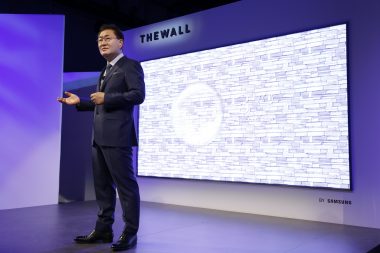 Now that we know the differences, when will we be able to purchase MicroLED sets? As stated earlier, MicroLED TVs are still an emerging technology and although several companies are racing to commercialize these sets for everyone, manufacturing is still a challenge.
Now that we know the differences, when will we be able to purchase MicroLED sets? As stated earlier, MicroLED TVs are still an emerging technology and although several companies are racing to commercialize these sets for everyone, manufacturing is still a challenge.
Unless there is a seismic shift in the technological landscape, MicroLED will be commonplace in the coming years. Apple, Samsung and LG are devoting many resources to bring these products to every home, phone and wrist in the very near future. As previously stated, Samsung looks be the first to have launched the technology in the market through the sale of The Wall to business customers in very limited quantities this year.
What is 8K?
Another emerging technology in the world of home theatre displays is 8K televisions. Think of it the same way you thought about 4K about two years ago; it will likely be the standard for video content in 5+ years, much like 4K is becoming the standard today.
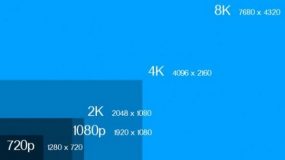
The improvement that comes with an 8K resolution is all about more pixels! An 8K UHD television like the Samsung 8K Tizen Smart TV or the Sony 8K LED TV brings 4 times more pixel density to your display. To put it into perspective, your 4K displays boasts 3,840 by 2,160 pixels (or around 4,000/4K horizontal pixels) vs. a 8K display, which possesses 7,680 x 4,320 pixels (or around 8,000/8K horizontal pixels).
What do these numbers actually mean? Well, when 8K content becomes more broadly available over the coming years, the quality of the picture on your display will likely noticeably improve from 4K. Even more so over 1080p. We still do have a little while until 8K becomes the de facto standard, so if you’re still using a 1080p TV, it might be the perfect time for you to upgrade to a 4K television.
Summary
If you’re looking for a way to future-proof your next television purchase, Best Buy has a wide selection of televisions including OLEDs available in-store or at BestBuy.ca. Before you jump in, you may want to continue to look into more emerging technologies that are dominating the television market right now. For more on technologies like 8K and HDR, Erin Lawrence wrote a primer on some of those technologies on the Best Buy Canada Blog.



